Popular on Food52
Continue After Advertisement
17 Comments
John D.
September 8, 2016
Choosing a primary herb can change this dish's profile as a delicious side. Fresh basil, rosemary or Thyme can swing the dish to match whatever protein you are offering. And red hot chili flakes can crank up the heat with ease. Prefer grilling to frying for ease in digestion but all things in moderation a nice classic preparation can always be enjoyed medically permitted.
cucina D.
August 16, 2016
My famiglia is from Lazio, right outside of Rome, our version of this delicious favorite is thinly sliced, pre salted and drained slices then coated in flour & egg before frying. I have crafted an alternate version that bakes the thin slices vs. frying which I think keeps the eggplant flavor prominent amd the dish is healthier. I also use only parmigiano, cacciocavalo etc formaggio as my famiglia did for years. Thanks for the lovely article about one of our favorite classics.
JanieMac
October 28, 2015
This is one of my favourite dishes and the thing I order most often when in Italy just to explore the variations. When I make it I still fry the slices of eggplant in olive oil before layering it up, even though it is a killer amount of oil. So delicious and easily a meal itself with a salad and some good bread.
Emiko
November 2, 2015
After making this in every possible regional variation possible, my favourite is fried too :)
Rosie's D.
October 28, 2015
This may be an old wives' tale, but pick the male eggplant for fewer seeds. The male eggplant bottom is more round; the female eggplant bottom is more indented.
Emiko
November 2, 2015
Oh I love hearing things like this! An old lady in a market in Florence told me a similar thing about male/female fennel bulbs and it has changed everything! The male fennel bulbs (rounder too) are sweeter and better for eating raw in salad, for example.
Alison R.
October 28, 2015
Wonderful article on the undisputed queen of vegetable "casseroles"! Thank you for the history and the tips.
Joanna T.
September 2, 2015
Would somebody share with me the amount of eggplant this recipe would take...I know eggplant vary in size...but just an estimate would be great. This recipe looks amazing and reading all about it just makes me feel like I have to go to the grocery store or farmer's market as soon as humanly possible. ha
Emiko
September 2, 2015
You need 2 pounds of eggplants! Depending on how big, heavy, young or old they are the number of them with differ which is why I specify weight (also usually in grocery store or farmer's market you pay by weight too not by how many you buy so hopefully they will have some way for you to weigh them!). As a ballpark guide, I find that here in Italy 2 large eggplants will fulfil this weight. But it all depends! :)
amysarah
September 1, 2015
All too often here, people dig in about how a dish is 'supposed' to be prepared, as if these recipes are fixed, instead of having history and being regional. I love reading about the variations, which implies so much more latitude. Now I'm craving Eggplant Parmigiana!
Emiko
September 2, 2015
Thanks, I agree - the many variations I think shows what a great, versatile and adaptable dish in any house!
Courtney C.
September 1, 2015
Emiko, thank you so much for this article. Eggplant parmigiana is one of my favorite meals and it was really interesting to learn its history and that there is really no "classic" preparation of the dish. I have made it or had it at least a dozen different ways and some I prefer to others, but it is always a treat. I always enjoy reading your articles - thanks so much!
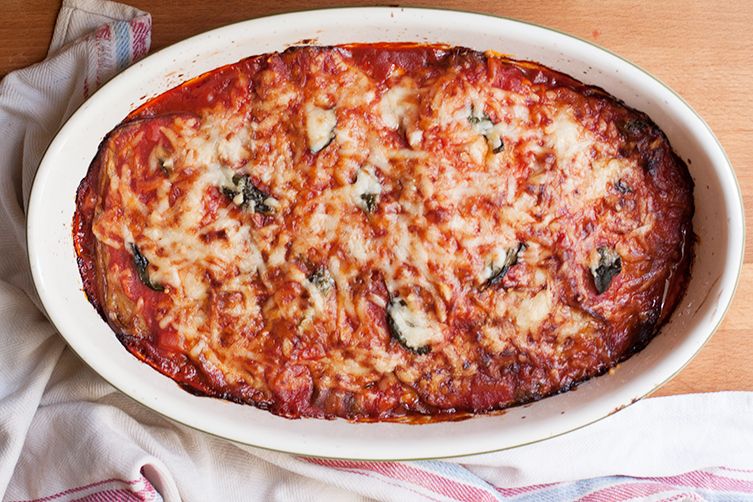
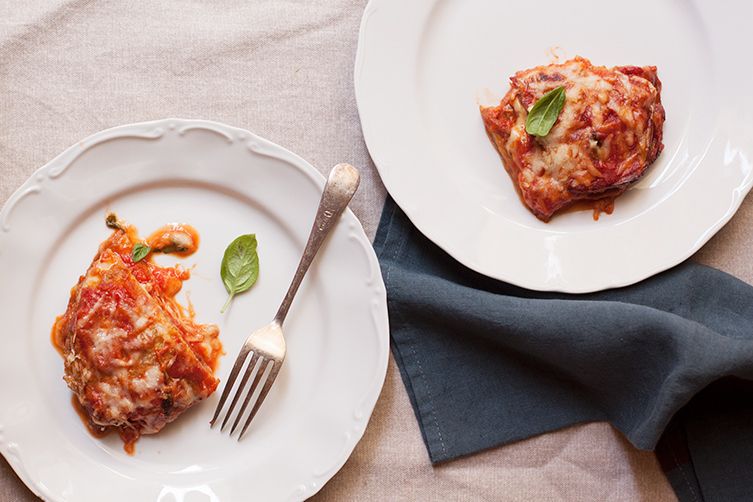
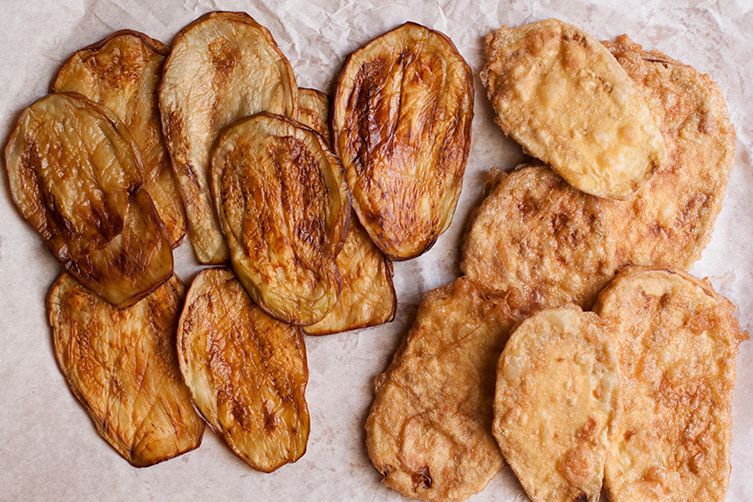
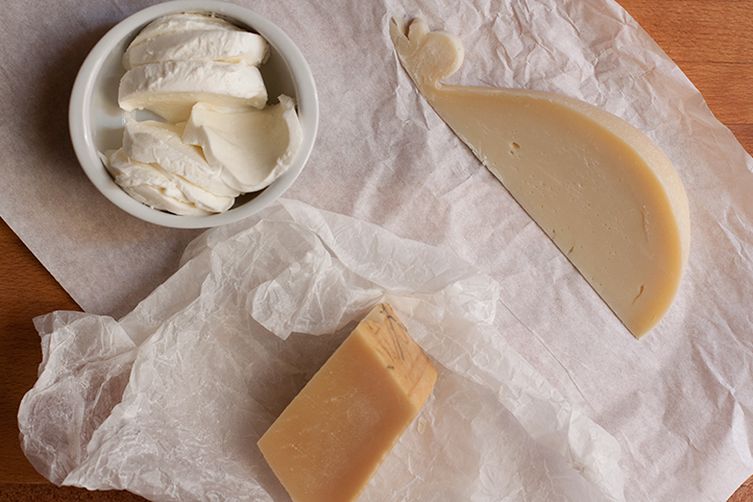


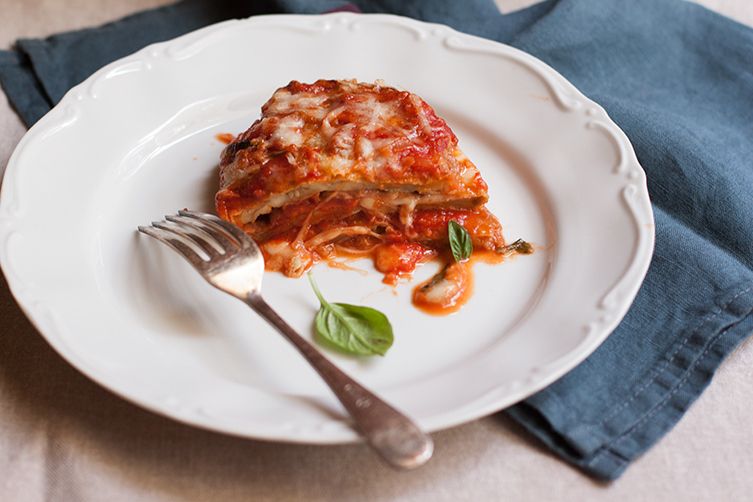

See what other Food52 readers are saying.